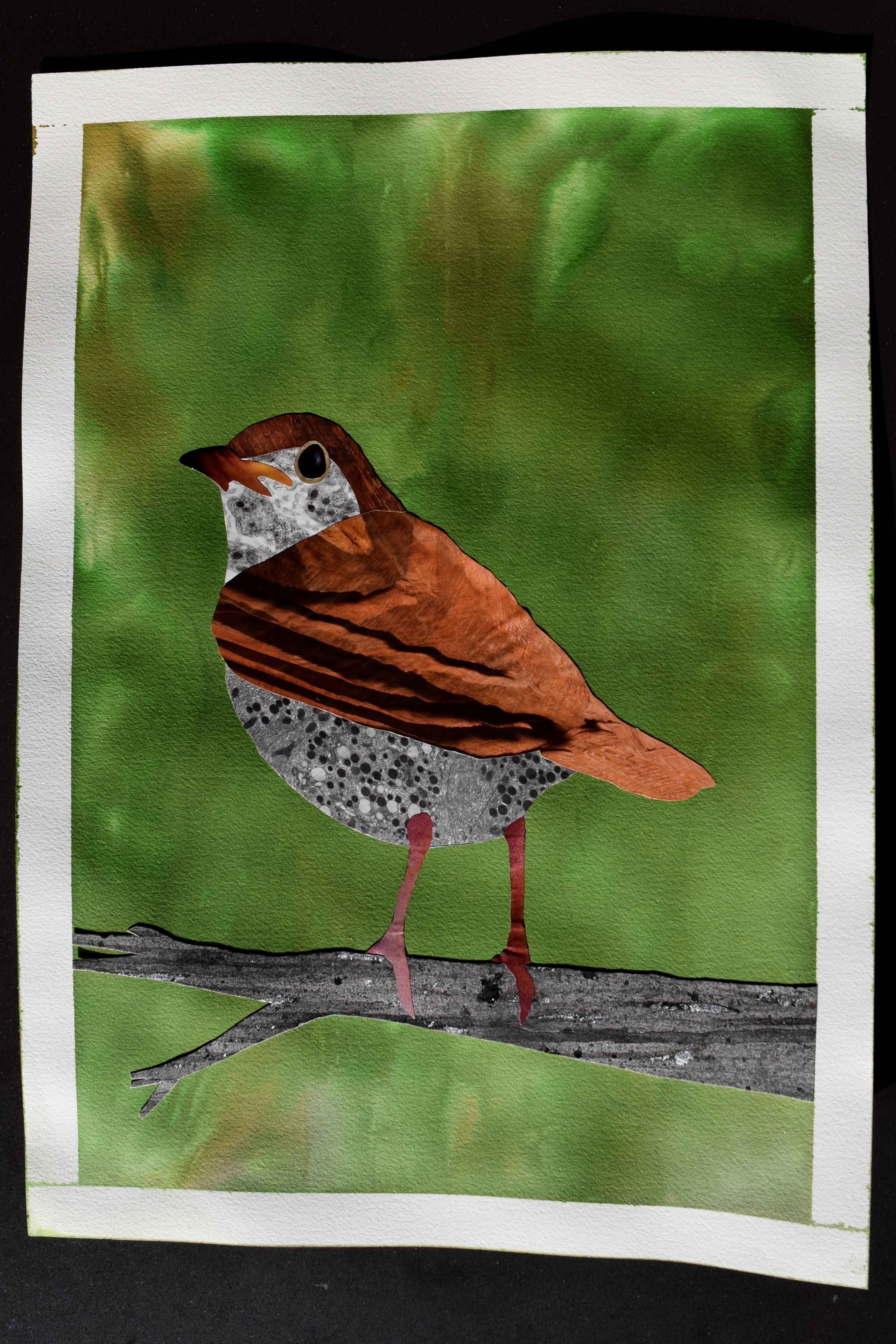Legally, the question is whether the removal of separated bike lanes in Toronto meets the criteria set by the Supreme Court of Canada, originally in 2002 and again this summer, for legislation that is either clearly unconstitutional or "was passed in bad faith or an abuse of power." Unfortunately, our laws allow the provincial government to interfere in municipal affairs however it wants, even street by street. Toronto does not enjoy the same powers of self-governance as most large cities in the developed world so Ford's decision is neither unconstitutional, nor an abuse of power, at least in the formal legal sense.
If the City of Toronto or a third party sued the province over the removal of bike lanes, in theory the decision would depend on whether Ford acted in 'bad faith', which effectively means that provincial courts will make a subjective claim about the intent of the law/lawmakers. This subjective interpretation of the facts is due to the vague wording of the Supreme Court's decision, which SC Justice Rowe warned against in his 2024 dissent.
However, recent judicial history and the court's piecemeal decision-making suggests that Ford would succeed in court. Only a few years ago, both the Ontario Court of Appeal and SC upheld the provincial government's right to interfere in the city's municipal election and halve the number of city councilors during the election itself. They justified his interference in our local self-governance by noting his constitutional right to do so, ignoring the question of bad faith entirely (much less the legitimacy of our democratic process). There's simply no reason to believe these same justices would rule differently today.
Those of us who support bike lanes must find other ways to address this interference, not from within the system itself.




Yes, and also a bit like Spanish moss. Took the photo in late October in Ontario, Canada; info which helps narrow down the genus, at least.